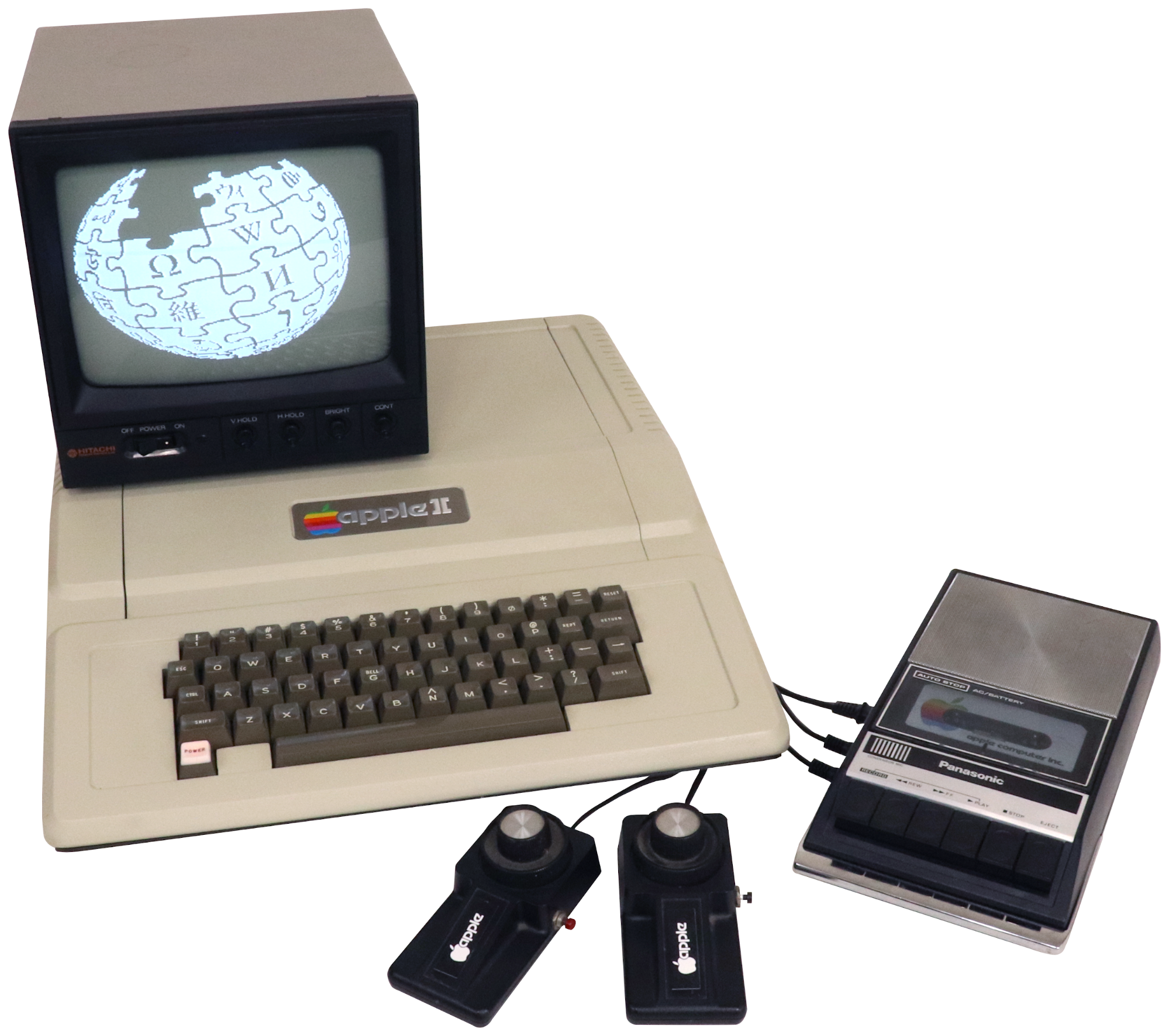

- #Apple ii mac emulator how to
- #Apple ii mac emulator for mac os
- #Apple ii mac emulator software
- #Apple ii mac emulator code
(This file must be renamed to Apple2GS.ROM)īernie ][ The Rescue is also a great way to play regular Apple II software.

To Benoît Dardelet, Darrell Walisser, and Gilles Tschopp, authors of KEGS.īernie ][ The Rescue 3.0 Preview Version.
#Apple ii mac emulator software
The Apple IIgs System Software 6.0.1 from Apple Computer. It can achieve 10 times the speed of the original version.
#Apple ii mac emulator code
It's been ported from HP-Unix and this version has a lot of optimization, both on the source code and in Cocoa integration.
#Apple ii mac emulator for mac os
KEGS-OSX is a new Apple IIgs emulator especially built for Mac OS X.

Nowadays, of course, Apple IIgs emulators have also been developed. In fact, one of the first Macintosh emulators was for the Apple II+. Some versions of ProDOS had a sort of ROM checksum, and if the number came up wrong the OS would freeze during boot.Since the Apple II is the older cousin of the Macintosh, we've always had a soft place for it in our hearts, disregarding its flaws and appreciating its strengths.
#Apple ii mac emulator how to
One thing not covered by the tech notes is how to tell the difference between a real Apple II and one of the not-quite-clones, such as the Franklin Ace. ROM 0), reporting $xx1F when it should be $xx7F.Ĭode that does all of the checks, as well as identifying the memory configuration, can be found in Miscellaneous Tech Note #2. The value in A will be slightly wrong if Y is zero (i.e. Note: In emulation or eight-bit mode, only the lower eight bits are returned. (The ROM versions are described in IIgs Tech Note #26.) Bit Accumulator X Register Y Registerīit 15 Reserved Reserved Machine ID Numberīit 14 Reserved Reserved Machine ID Numberīit 13 Reserved Reserved Machine ID Numberīit 12 Reserved Reserved Machine ID Numberīit 11 Reserved Reserved Machine ID Numberīit 10 Reserved Reserved Machine ID Numberīit 9 Reserved Reserved Machine ID Numberīit 8 Reserved Reserved Machine ID Numberīit 7 Reserved Reserved ROM version numberīit 6 1 if system has memory expansion slotīit 5 1 if system has IWM port Reserved ROM version numberīit 4 1 if system has a built-in clock Reserved ROM version numberīit 3 1 if system has desktop bus Reserved ROM version numberīit 2 1 if system has SCC built-in Reserved ROM version numberīit 1 1 if system has external slots Reserved ROM version numberīit 0 1 if system has internal ports Reserved ROM version number The IIgs ROM version information can be determined from the contents of the A/X/Y registers set by $FE1F when the carry is clear. Future 16-bit Apple II products may match different Apple II identification bytes for compatibility reasons, so to identify a machine as a IIgs or other 16-bit Apple II, you must make the following ROM call: SEC Set carry bit (flag)īCS OLDMACHINE If carry is still set, then old machineīCC NEWMACHINE If carry is clear, then new machine The ID bytes for an Apple IIgs are not listed in the table since they match those of an enhanced Apple IIe. Location $FBBE is the version byte for the Apple IIe Card (just as $FBBF is the version byte for the Apple IIc family) and is $00 for the first release of the Apple IIe Card. Location $FBDD allows you to tell the difference between the Apple IIe Card and an enhanced Apple IIe because $FBDD will always contain the value $02 on the Apple IIe Card. The Apple IIe Card for Macintosh LC uses the same identification bytes ($FBB3 and $FBC0) as an enhanced Apple IIe. Machine $FBB3 $FB1E $FBC0 $FBDD $FBBE $FBBF These bytes are in the main bank of main ROM (shadowed on the Apple IIgs), and you should make sure that this bank is switched in before making decisions based on the contents of these locations. To identify which computer of the Apple II family is executing your program, you must check the following identification bytes. The way to identify different Apple IIs is described in Apple II Miscellaneous Tech Note #7.


 0 kommentar(er)
0 kommentar(er)
